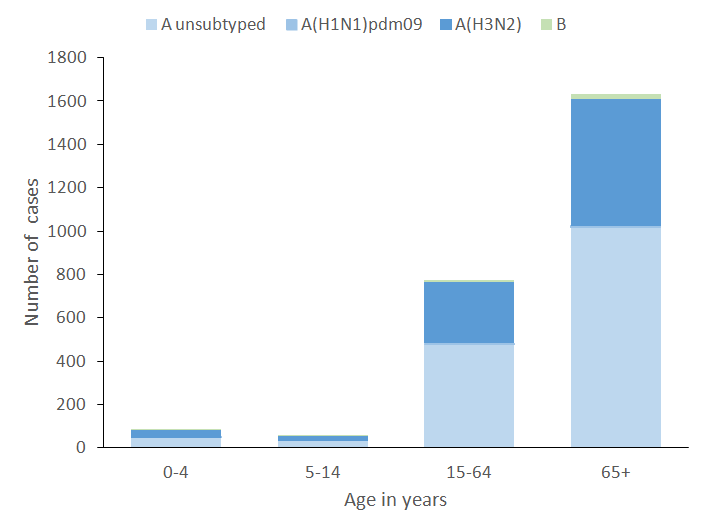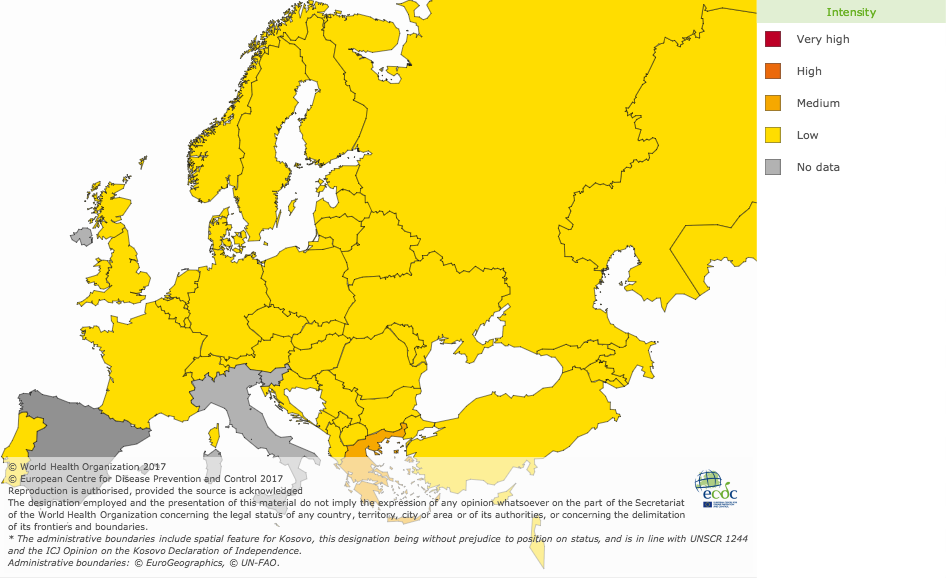Flu season is over for another year. The number of flu cases reported around Europe continues to fall week after week, and experts are beginning to reflect on the annual epidemic.
“It was a rather boring flu season in some ways,” says Professor Marc Van Ranst at KU Leuven and a leading Belgian expert on flu. “By that I mean that it didn’t come particularly early or late, and the dominant flu strain was not a major surprise.”
The most prevalent strain of flu virus in 2016/2017 was A(H3N2) – a more common variant than the B strain that caused havoc the previous year. However, if there’s one thing experienced flu-watchers know about A(H3N2), it’s that it always hits the older population hardest.
The European Centre for Disease Prevention & Control (ECDC) noted in January that the (predictable) surge in severe flu cases among older people was putting some health systems under pressure.

“We knew as early as week 46 [November 2016] that this would be quite a bad season for the elderly,” says Van Ranst. “It is always the same when H3N2 is dominant.”
Older people are a key target group for flu vaccination. The vaccine changes every year to target the three or four flu viruses that experts expect will be in circulation.
Van Ranst says the vaccine was a “relatively good match” this year, but he noted that flu vaccines are still generally less effective than other vaccines. “We can’t be too happy with the flu vaccine but it’s the best we have,” he adds.
The #influenza season in Europe continues to fade away
Get the full complement of data, tables and maps athttps://t.co/qOJN6MXnUP pic.twitter.com/8V81G30OzZ— ECDC Influenza (@ECDC_Flu) March 24, 2017
So, it’s farewell to flu – for now. But, as sure as night follows day, it will be back next winter. And people in target groups will need their annual flu vaccine.




